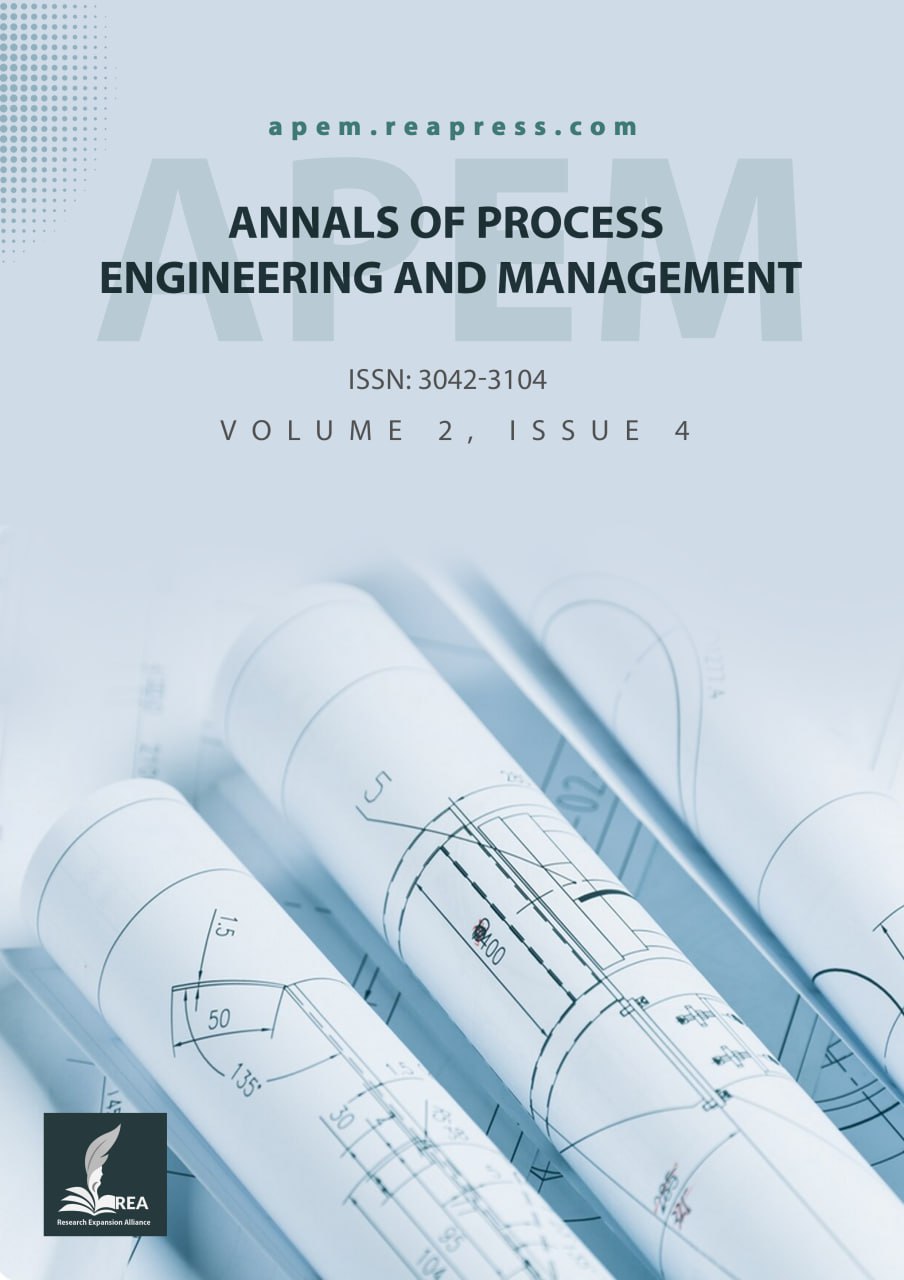A Proposed Hybrid Conceptual Model of Artificial Intelligence and Enterprise Architecture for Digital Transformation in Banks: An Approach to Improving Business Processes
Abstract
Digital transformation, as a strategic imperative in the banking industry, necessitates the integration of Artificial Intelligence (AI) and Enterprise Architecture (EA) to enhance business processes. This paper presents a hybrid conceptual model wherein various layers of EA are aligned with AI components. The objective of this model is to augment organizational agility and efficiency through improved decision-making, process automation, and data analytics. Furthermore, by identifying the interconnection points between AI and EA, the optimization of banking loan processes is examined as a practical application. The results indicate that this integration can lead to an improved customer experience, reduced processing time, and increased accuracy in credit assessment. Through this model, banks will be able to respond rapidly to environmental changes and enhance their competitiveness in the market.
Keywords:
Enterprise architecture, Artificial intelligence, Machine learning, Digital transformation, E-banking processesReferences
- [1] Shams Aliee, Sh., Razavi Davoudi, M., & Badie, K., (2010). An approach towards enterprise architecture quality attribute assessment based on Fuzzy AHP. Journal of information technology management, 2(4), 79-98. (In Persian). https://jitm.ut.ac.ir/article_20911.html
- [2] Rezaei, R., Shams, F., & Shams, Z. (2008). Presenting a method for developing an enterprise architecture plan. Proceedings of the 14th national annual conference of computer society of Iran. (In Persian). Tehran, Iran, Civilica. https://civilica.com/doc/60800/
- [3] Tang, A., Han, J., & Chen, P. (2004). A comparative analysis of architecture frameworks. 11th Asia-pacific software engineering conference (pp. 640-647). IEEE. https://doi.org/10.1109/APSEC.2004.2
- [4] Federal enterprise architecture framework. (2013). Executive office of the president. https://www.federalregister.gov/index/2013/executive-office-of-the-president
- [5] Okhrimenko, A. (2017). Comparing enterprise architecture frameworks-a case study at the estonian rescue board [Thesis]. https://core.ac.uk/download/pdf/237084727.pdf
- [6] Shirey, R., Natarian, B., Luu, J., & Nine, J. (2018). Blue guardian open adaptable architecture for C4ISR (Rising researcher presentation). Open architecture/open business model net-centric systems and defense transformation 2018 (pp. 50-58). SPIE. https://doi.org/10.1117/12.2303535
- [7] Giachetti, R. E. (2015). Evaluation of the DoDAF meta-model’s support of systems engineering. procedia computer science, 61, 254–260. https://doi.org/10.1016/j.procs.2015.09.208
- [8] U.S. Department of the Treasury, Chief Information Officers Council. (2000). Treasury Enterprise Architecture Framework. U.S. Department of the Treasury.
- [9] Shams Aliee, F. S., Bagheriasl, R., Mahjoorian, A., Mobasheri, M., Hoseini, F., & Golpayegani, D. (2017). Towards a national enterprise architecture framework in Iran. International conference on enterprise information systems (pp. 448–453). SCITEPRESS. https://www.scitepress.org/Papers/2017/63713/
- [10] Naimi-Sadigh, A., Asgari, T., & Rabiei, M. (2022). Digital transformation in the value chain disruption of banking services. Journal of the knowledge economy, 13(2), 1212–1242. https://doi.org/10.1007/s13132-021-00759-0
- [11] Shi, S., Tse, R., Luo, W., D’Addona, S., & Pau, G. (2022). Machine learning-driven credit risk: A systemic review. Neural computing and applications, 34(17), 14327–14339. https://doi.org/10.1007/s00521-022-07472-2
- [12] Sheikh, H., Prins, C., & Schrijvers, E. (2023). Artificial intelligence: Definition and background. In Mission AI: The new system technology (pp. 15–41). Cham: Springer international publishing. https://doi.org/10.1007/978-3-031-21448-6_2
- [13] Sood, P., Sharma, C., Nijjer, S., & Sakhuja, S. (2023). Review the role of artificial intelligence in detecting and preventing financial fraud using natural language processing. International journal of system assurance engineering and management, 14(6), 2120–2135. https://doi.org/10.1007/s13198-023-02043-7
- [14] Wasserbacher, H., & Spindler, M. (2022). Machine learning for financial forecasting, planning and analysis: Recent developments and pitfalls. Digital finance, 4(1), 63–88. https://doi.org/10.1007/s42521-021-00046-2


